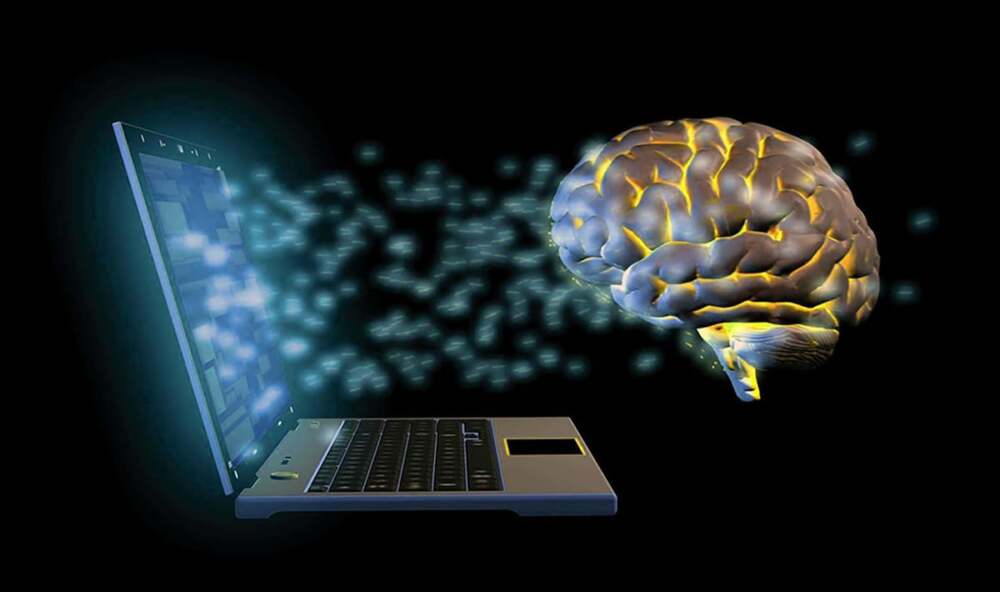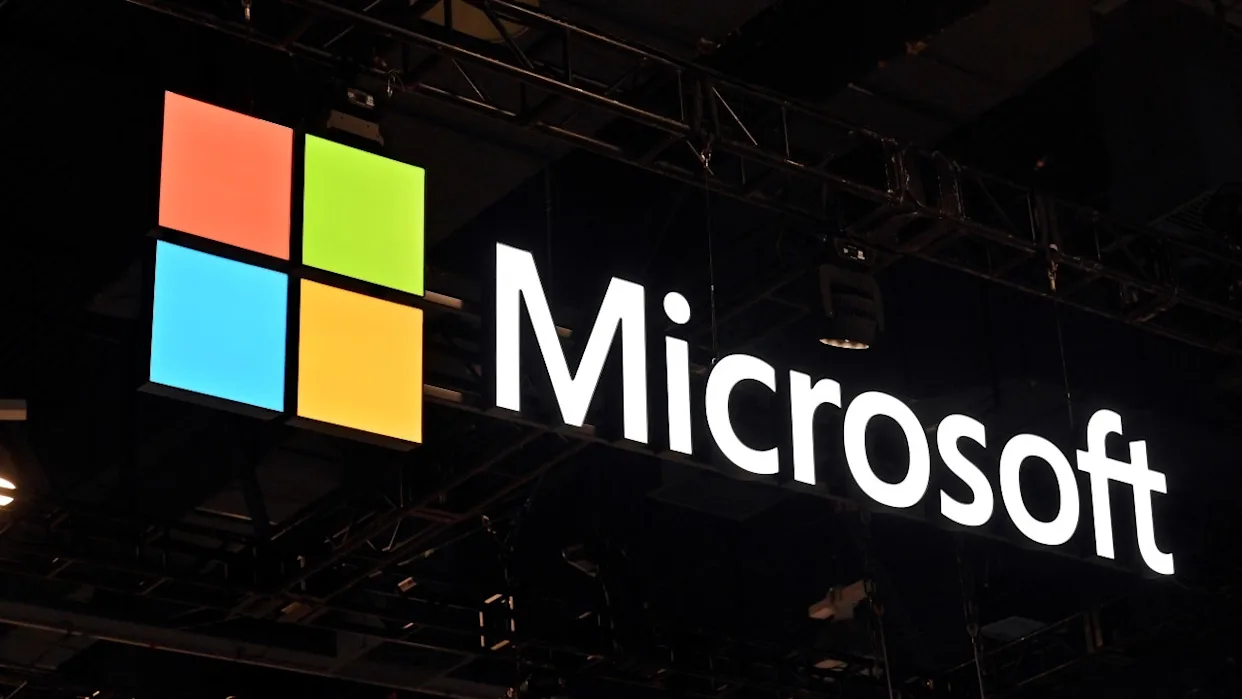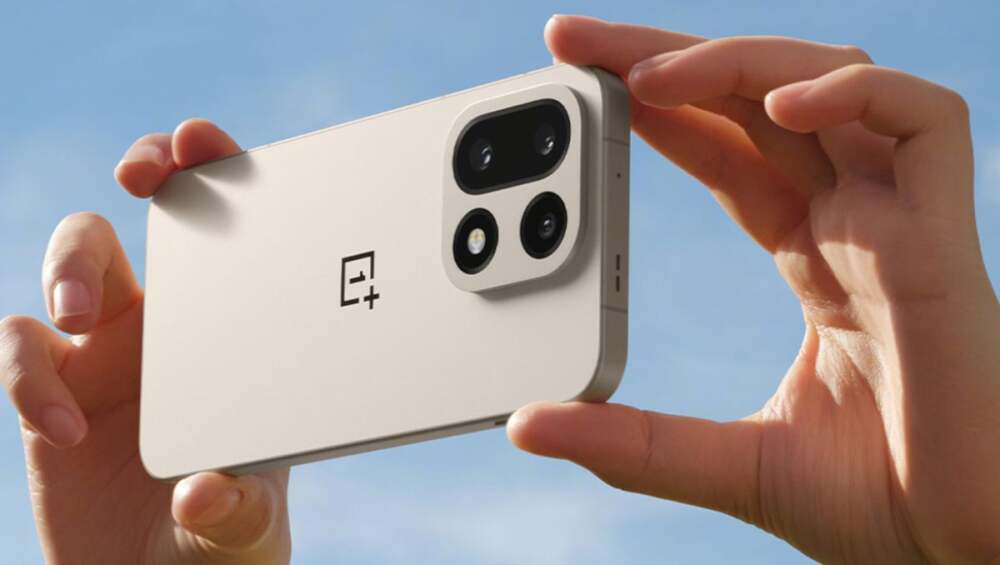In laboratories across the world, a new technological revolution is quietly taking shape — one that could blur the line between machines and life itself. Scientists are developing “living computers”, experimental devices built not from silicon and metal, but from human and animal cells. These systems can perform basic computations, respond to stimuli, and even repair themselves.
What was once the stuff of science fiction is now moving into scientific journals, raising both enormous possibilities and deep moral questions. If a computer is made of living cells, is it still just a machine — or something more?
A Fusion of Biology and Technology
Traditional computers rely on transistors, microchips, and binary logic — systems that have driven the digital age for nearly a century. But even the most advanced chips face limits of power consumption, heat, and physical size.
Enter biological computing. Instead of electrons racing through circuits, these “living computers” use biochemical reactions, neurons, or engineered cells to carry and process information. Each cell can be seen as a tiny logic unit, capable of interacting with others through molecular signals.
By manipulating genetic code, scientists can program these cells to perform simple calculations — for example, turning on a fluorescent signal only when certain chemical combinations are present. In other words, biology itself becomes the hardware.
Inside the Lab: How Living Computers Work
Building a living computer begins at the cellular level. Researchers start by reprogramming cells to act as “logic gates,” similar to those inside traditional processors.
A simple example:
- If molecule A and molecule B are present, the cell lights up — an AND gate.
- If only one of the molecules appears, it stays dark — a NOT gate.
By linking many of these gates, scientists can create networks that perform basic computations, such as pattern recognition or environmental sensing.
In parallel, engineers design microfluidic systems, small chips with channels that move liquids and cells. These networks mimic electronic wiring but use biological fluids instead of electricity. The result is a hybrid platform where living tissue and computing logic coexist.
Some projects go a step further, connecting these living systems to electronic sensors, allowing digital computers to read biological outputs. This bio-digital interface could one day allow living computers to communicate directly with traditional machines — and possibly even human neural tissue.
The Road from Concept to Reality
The journey toward living computing began decades ago, when researchers first realized that DNA could store and process information. In the 1990s, scientists created “DNA computers” that solved simple mathematical problems. Since then, advances in synthetic biology, gene editing, and tissue engineering have accelerated progress dramatically.
Recent developments include:
- Human brain-cell networks trained to play simple video games like Pong, showing adaptive learning.
- Cellular logic circuits that respond to disease markers, potentially acting as “smart therapeutics.”
- Bio-neural chips, where living neurons are cultured on electronic substrates, forming hybrid systems capable of real-time processing.
While most of these experiments are still confined to labs, they demonstrate that computation is not exclusive to machines — life itself can compute.
Potential Breakthroughs and Real-World Uses
The implications of living computers are profound. Scientists envision a future where such systems could transform medicine, environmental monitoring, and even artificial intelligence.
- Medical Diagnostics and Treatment
Living computers could be implanted in the human body to detect diseases at the molecular level. For example, engineered cells might sense cancer markers and release drugs only when specific conditions are met — providing personalized, self-regulating therapy. - Environmental Biosensors
Networks of engineered cells could monitor water quality, detect toxins, or signal the presence of pollutants long before human sensors would. - Biological Robotics
“Soft robots” made from living tissue could heal themselves, respond to damage, and interact with environments in ways rigid machines never could. - Artificial Intelligence and Brain Simulation
Biological computers could lead to machines that think more like humans. Unlike silicon chips, brain cells process information in parallel and adapt to changing conditions. Mimicking this could yield more flexible, efficient AI systems. - Energy Efficiency and Sustainability
Living computers consume far less energy than supercomputers. A brain the size of a grapefruit performs more complex calculations than today’s AI models while using less power than a light bulb.
The Ethical Frontier
While the science is thrilling, it comes with unsettling ethical questions. If a living computer is made from human cells — even lab-grown ones — does it have moral status? Could it experience pain or consciousness? Should there be limits on what researchers can create?
Bioethicists warn that as living computers become more sophisticated, society must address issues of consent, identity, and control.
Imagine a future where a brain-like network grown in a lab shows signs of awareness. Would shutting it down be equivalent to turning off a computer, or something closer to euthanasia? These debates are no longer hypothetical — they are already beginning.
Furthermore, legal and regulatory systems are unprepared for the emergence of bio-digital machines. Who owns a device that is alive? How is it tested, patented, or disposed of? These questions will shape not just scientific policy, but the philosophy of technology itself.
Obstacles and Unknowns
Despite excitement, scientists acknowledge enormous challenges ahead.
- Stability: Living systems mutate, age, and die. Ensuring reliable performance over time is difficult.
- Scalability: Creating large, complex networks of cells remains far from feasible.
- Integration: Interfacing biological circuits with electronic systems without damaging the cells is an ongoing challenge.
- Safety: Releasing or implanting living computers carries biological risks — infections, mutations, or unintended environmental effects.
The current prototypes are rudimentary, but progress is rapid. With breakthroughs in stem-cell research and gene editing tools like CRISPR, the line between living tissue and programmable material is blurring faster than most anticipated.
A New Era of Computing
If living computers fulfill their promise, they could redefine what computing means. Instead of cold, mechanical devices, future systems might breathe, grow, and adapt — processing not just numbers, but life itself.
The next decade will likely bring hybrid machines: partly silicon, partly organic. Beyond that, fully biological processors may emerge, powered by metabolism instead of electricity.
The implications go beyond technology — they touch on how humans perceive intelligence, creativity, and life. For some, it is a thrilling frontier. For others, it’s a step too far toward playing god.
Either way, the age of living computers has begun. And as scientists push forward, the rest of the world must decide how far it is willing to let them go.
















Leave a Reply